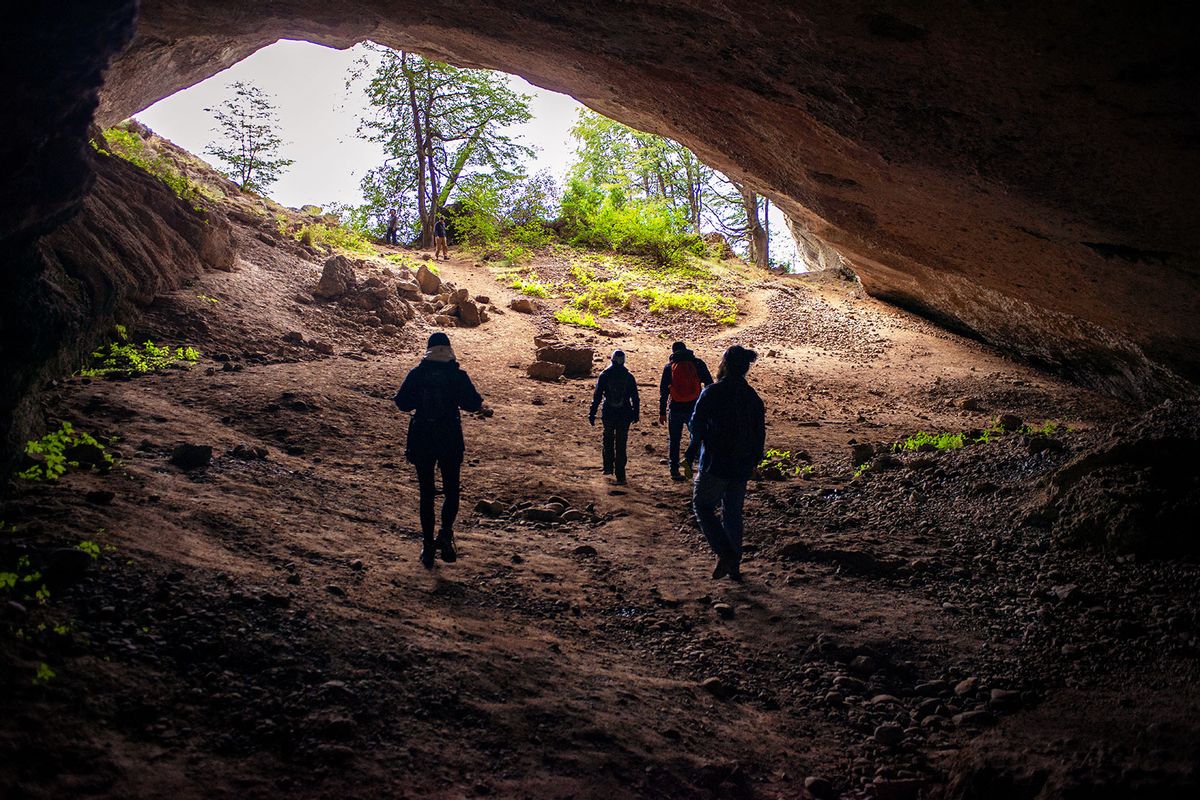
How did massive prehistoric ‘thunder beasts’ get super big, super fast?
CNNEditor’s Note: Sign up for CNN’s Wonder Theory science newsletter. Just 16 million years after the first brontotheres appeared, “the last members of this group were multi-ton behemoths with extravagant bony protrusions over the head,” lead study author Oscar Sanisidro said in an email. Oscar Sanisidro The fossil record shows that other extinct animal groups also steadily gained size over time, an evolutionary phenomenon called “Cope’s Rule” after the 19th century paleontologist Edward Drinker Cope. Many early scientists argued that brontotheres got bigger as a result of “an inner motor pushing evolution towards attaining the largest and most specialized forms,” said Pasquale Raia, a paleontologist and a professor at the University of Naples Federico II in Italy. “We can, for the first time, explain brontothere size evolution from an evolutionary perspective and propose a ‘pathway’ to reach megaherbivory that needs to be tested in other mammalian groups,” Sanisidro said.
Discover Related






